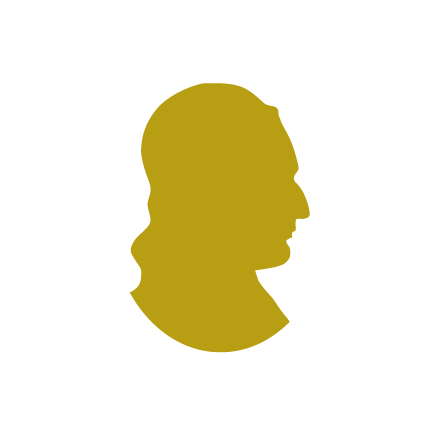





This memorial, presented on 12 June 1765 to the Estates, was signed by Anders Kraftman, a schoolmaster from Porvoo (Borgå) in Finland and member of the Estate of Clergy. Its real author, however, was Anders Chydenius.1 In his autobiography he describes the background in some detail: how he had written the memorial and then discussed it with Bishop Jacob Serenius, a leading member of the Estate of Clergy as well as of the Cap party, and also with the Court Councillor, Johan Arckenholtz. Serenius then suggested some changes and abridgements, some of them which Chydenius disliked.
This memorial was the first of the texts that Chydenius would write on the issue of freedom of printing and information, which became an important issue at the Diet and was crowned with the decision on 2 December 1766, which provided the Swedish realm with the most liberal Act on freedom of printing in Europe at the time, except for Great Britain. In his autobiography, Chydenius proudly declared that he had worked hard to achieve the goal to abolish the previous censorship and to make state documents and minutes available for the general public. Later on, in 1774, the law on freedom of printing was made much more restrictive by Gustavus III (although the monarch claimed that the changes were very minor), but it was reestablished again in 1809 with the new constitution after the downfall of Gustavus IV Adolphus and the loss of Finland to Russia. Hence, in historical overviews the year of 1766 is most often remembered as the year when Sweden received its freedom of printing and saw a breakthrough for freedom of information (offentlighetsprincipen), which granted the general public access to most official documents.
To argue for the freedom of printing and information was most certainly by no means a sudden impulse on the part of Chydenius.2 In his piece on emigration he regarded freedom of printing as extremely important. However, it is clear that his proposal for freedom of printing and information to a large extent must be placed within the political context of the time. In favour of a more radical reform along the lines of what became law in 1766 stood the radical falange of the Caps, while the noble members of the Caps as well as of the Hats stood in opposition. As Stridsberg and others have shown, the issue of freedom of printing is an example where differences of opinion did not follow party lines, but was instead based on which estate one belonged to.3 Moreover, it was particularly the Caps of lower social standing in the Estate of Clergy who were most radical in their campaigning for more freedom of printing. Most probably also it was not the abolition of censorship (at least as long as it did not include religious literature) that was the most controversial part of the kind of reform which Chydenius and others proposed. Instead, it was the suggestion that documents and minutes (including those of the discussions in the different estates) should be allowed to be printed, i.e. freedom of information, that was the more problematic. Even radical persons, in principle in favour of the freedom to print, felt that freedom of information might lead to their not being able to openly speak their mind in committees or at meetings. Even more dangerous, it seemed that this might imply that a politician was to be regarded as a representative of his constituency. Such a view, the so-called doctrine of principalship (principalatsläran), was regarded as unconstitutional during the Age of Liberty and strictly forbidden by law.
Lars Magnusson